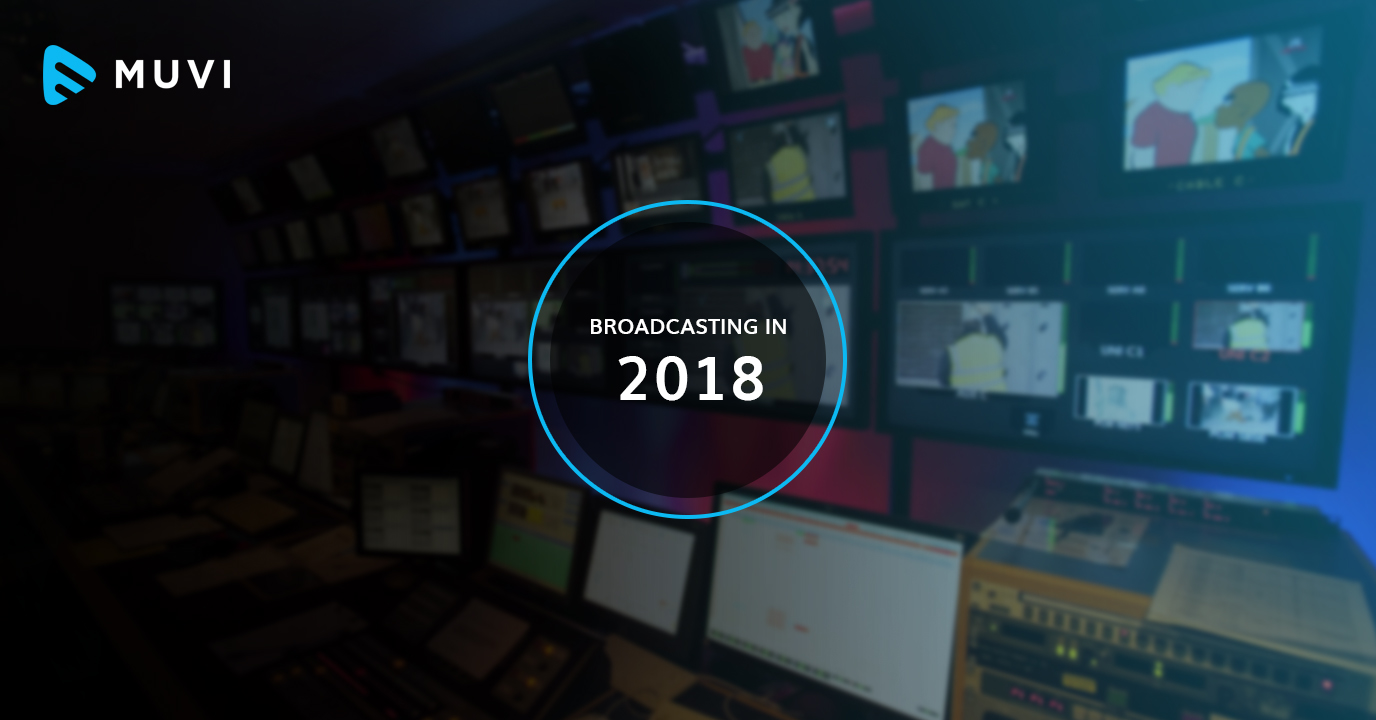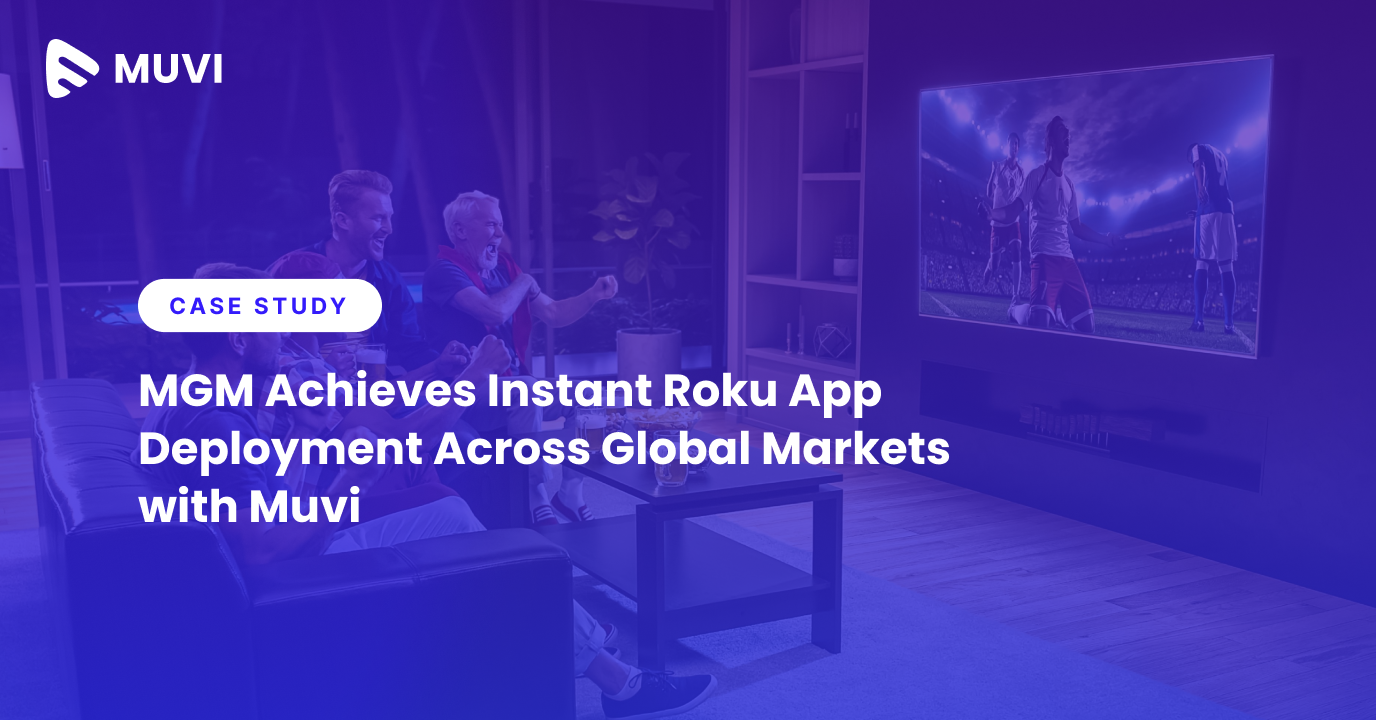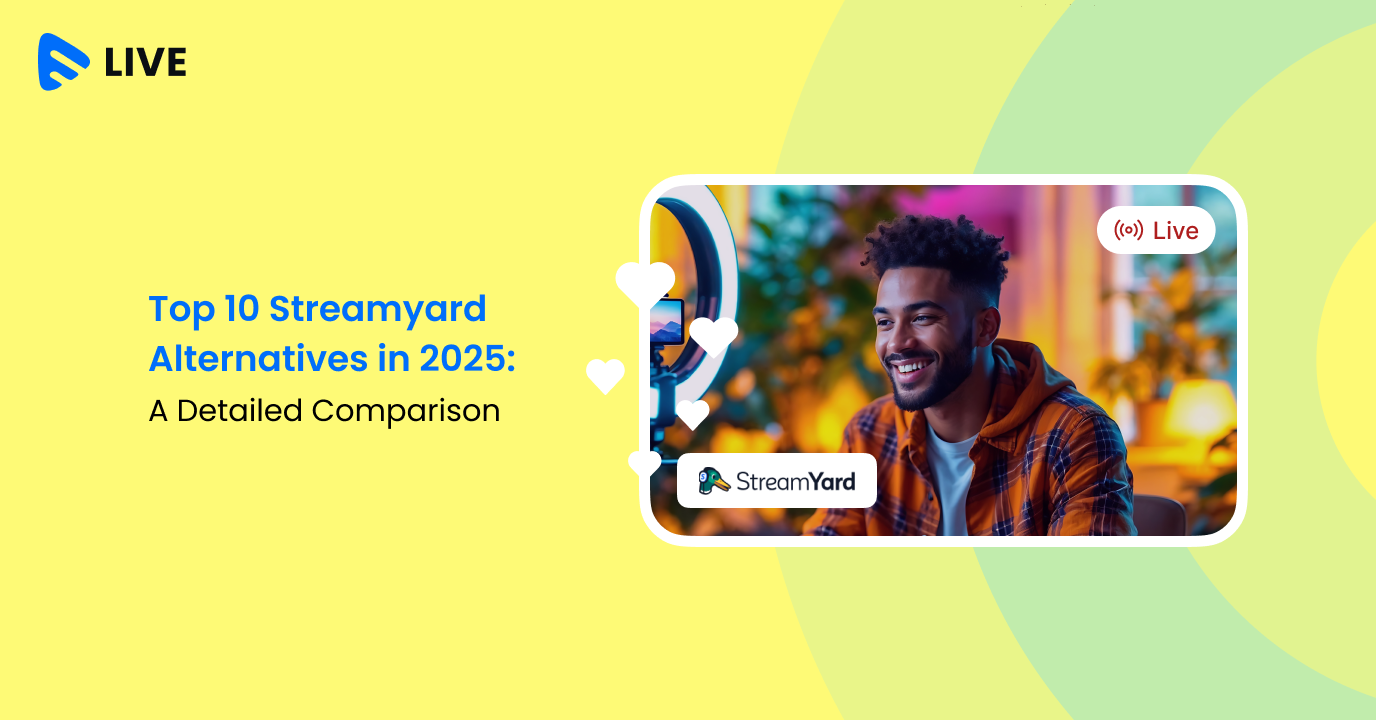Written by: Roshan Dwivedi
The rise of OTT players, development of various online video streaming platforms, faster connectivity, and rapidly changing consumer preferences are driving exponential growth for the broadcasting industry. Given the changing media consumption patterns, it goes without saying that capturing and engaging the audience matters the most, and OTT providers are leaving no stone unturned for the same. While industry biggies are not shying away from investing to create original content, smaller players will certainly look for technology that will help them in easy, affordable, high-quality content distribution. While 3D motion graphics, usage of robotics cameras, augmented reality etc. will be experimented, the introduction of AR/VR will only enrich and redefine the live content.
Broadcasting through the lens of OTT
With the growth of OTT industry and the frenzy over OTT consumption, the players have thrived upon the opportunities like never before. In order to woo the audience, while millions are being invested in creating content, billions are being invested to acquire competition. So, in the coming years, there will be blood in the OTT industry that would see tiny players getting crushed by industry juggernauts.
The popularity of smartphones and the technological refinement have lead 57% of smartphone users to stream video regularly, and change in viewing habits has lead to a gradual decline in the cable TV viewing. While the drift is not an overnight phenomenon, Netflix’s subscriber base in the US getting past of cable TV viewers is only a sign of the changing viewing habit and unprecedented adoption of live streaming services. Cord-cutting is backed by numerous OTT options available, and cable TVs vanishing from everyone’s living room signals the arrival of the new age broadcasting which is not limited to a specific device.
Talking about the content, you certainly cannot blame Netflix, Amazon Prime, Hulu, etc. who brandish their offering time and again and never shy away from investing moolah in creating original content. Quality content coupled with lavish production value have scaled up the numbers of “binge-watchers”, “sometime-streamers”, and “content cognoscente”. According to research consumers only need 18 channels on an average in their ideal à la carte channel lineup.
[ Check out the OTT Trends set to dominate in 2018 ]
Signs of Revolution in the Broadcasting Industry
- 90% of 18-34 year-olds stream at least some of their content every day
- Boom in the popularity of short-form online videos and Netflix planning to come up with mobile-savvy content for some of its series unravels the possible twists and turns ahead
- Social media giant Facebook launched Facebook Watch tab in 2017, Twitter formed various content deals, and YouTube announced its own streaming TV service – all signal an upcoming revolution in the live broadcasting platform industry.
Monetization going to be the trump card
The globe is already marveled at the cornucopia of content available, and the standard the OTT players have set for a phenomenal viewing experience. While technology such as Augmented Reality (AR), Virtual Reality (VR), hassle-free streaming and artificial intelligence are all fine, marketers feel if one thing that is going to keep OTT providers firm, distinguished and delectable, then it is monetization. Lower technology expenses, faster broadband speeds, and frequent innovation have made the video-on-demand (VOD) industry a desirable yet a tricky place to be in.
The copyright holders’ conviviality is over, and they must battle for viewership across multiple screens, platforms, and geography to get the desired return. With broadcasting giants like BBC and ITV competing with global OTT giants—Netflix and Amazon—the need for additional ways of content monetization is amplified.
Huge budget for content, competitive pressure, changing viewing habits have changed the OTT dynamics altogether and VOD is not the only apple of the eye anymore.
Driving OTT Monetization Models in 2018
The primary factors that would drive OTT players to come up with a competitive monetization model are:
- Delivery of on-demand and complementary OTT linear streaming services across geographies
- Distribution of content with the help of third parties
- Engaging viewers with brisk content on social media
- Long-term relationship with consumers
So, companies who will invest in analyzing the broadcasting landscape and come up with best monetization model will walk away with pride. The only way to achieve this is to understand the audience.
[ Now you can design your own plans, charge monthly, quarterly or annually and even offer free trials to your subscribers. Monetize your Video Platform on Muvi ]
Virtualization is vital for small players
Changing viewer interest is the prime reason that content owners are seeking flexibility in the distribution model. Introduction of new channels quickly, cost-effectiveness and scalability to bring them down when there is a change in the interest level are a few challenges which are yet to be addressed. While traditional cable TV lacks this flexibility, broadcasters are looking to leverage the potential benefits of virtualized cloud services.
Virtualization is one thing which is set to soar in 2018. With virtualization, broadcasters don’t need to pile up their arsenal with expensive hardware or machinery in order to add a new process or playout stream to their operations. Once virtualization models set their foot in, it will have a substantial effect on the existing broadcasting landscape as content owners will have the liberty to quickly launch channels, horizontal expansion of VOD content, experimentation of new technologies and ultimately penetrating a new market.
Live streaming to be the dark horse
In 2017 over a third of internet users had watched live video and 40% of millennials had made their own live video. The growing demand for live videos is pretty evident. YouTube and Facebook have become the first choices for live events. Twitter is not behind in the race as it has partnered with BBC for live video and news content. Media giants Disney and ABC Television are also betting on live OTT video content. Simultaneously, SVOD services are also adopting live video to compete with social media and vMVPD (virtual Multichannel Video Programming Distributor) offerings.
As per reports, 82% would trim their pay TV subscription if they find live sports elsewhere which is certainly alarming for the service providers. Having said that, one must not ignore the challenges that are persistent in the live streaming arena which includes video streaming quality, reliability, and high latency etc. But the silver lining here is that broadcasters are realizing that live TV is not just about live streaming but a lot more. It is all about creating a holistic end-to-end experience beginning from the channel set up to playback, monitoring to linear integration live to video-on-demand conversion and most importantly monetization.
[ Build the best quality live streaming platform on Muvi. Broadcast in the highest resolution to the audience across the world. Sign up now. ]
Brainstorming on the minute details
Consumer preferences, viewing habits etc are important in the broadcasting landscape but these are too broad at the same time. The hidden details of consumer preference, e.g. genre of the streaming content during particular hours, trending artists on a particular day and their impact on audio/video streaming, role of metadata and its impact on consumers while picking content, engaging consumers who are facing temporary lag in streaming speed etc. are a few but vital factors that need attention.
Final words
2018 will witness a plethora of changes in the broadcasting landscape. The intense competition and exceeding content budget have impelled industry giants to think of technologies that would increase efficiency in areas such as delivery, streaming speed, latency, live TV which brings parity to broadcast and OTT. There are several questions that the year will have to answer such as What will be the consumer’s expectation? Will the bidding war for sporting events end? Will there be one streaming access point and OTT players will be a part of à la carte? What will be the impact of blockchain on broadcasters? Well, to know that keep following this space.
[ Sign Up with Muvi, and reap the benefits of seamless content delivery across the world instantly. ]














Add your comment